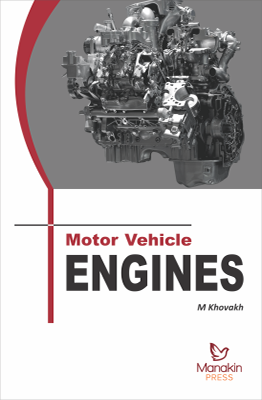Electromagnetics, Control & Robotics: A Problems & Solutions Approach
₹1,595.00
Harish Parthasarathy | Category: Engineering
ISBN: 9788193877272
YOP: 2017
Pages: 624
About the Book
This book is a research monograph covering a variety of problems in (a) statistical state and parameter estimation in nonlinear stochastic dynamical system in both the classical and quantum scenarios, propagation of electromagnetic waves in a plasma described by the Boltzmann Kinetic transporo equation, classical and quantum general relativity etc. It will be of use to Engineering undergraduate students interested in analysing the motion of robotic subject to random perturbation and also to research scientists working in quantum filtering and study problems of inhomogeneous perturbation to in a homogenous and isotropic universal leading to the formation of galaxies in an expanding universe.
| yop |
2017 |
|---|---|
| subject-category |
Engineering |
| isbn |
9788193877272 |
| binding |
Hardback ,Paperback |












Reviews
There are no reviews yet.